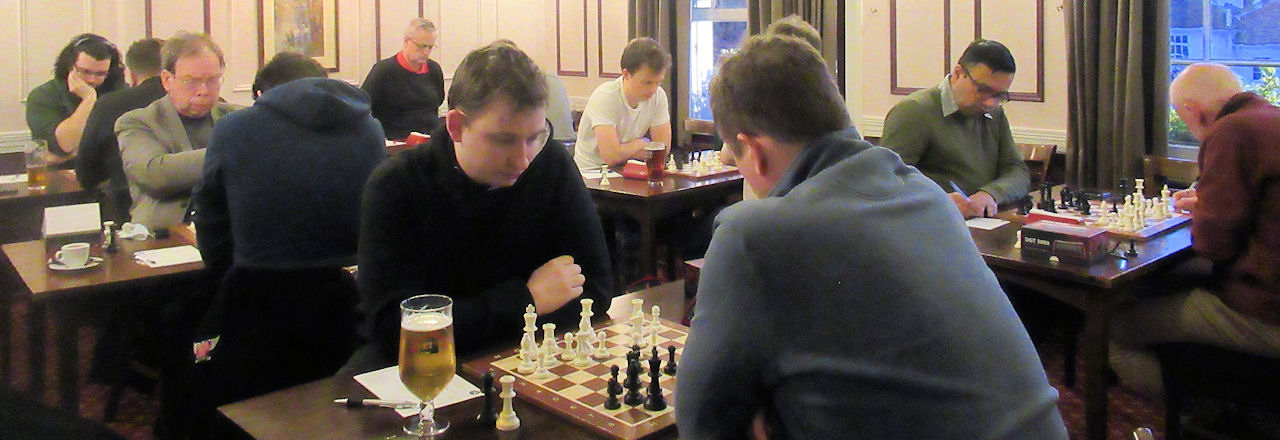
I’ve just published my first book review for John Upham’s British Chess News website, which you can read here
Last week’s puzzle is taken from this book: an impressive conclusion by Gustav Neumann, sacrificing a bishop, a queen and a knight to force a two rook checkmate.
The solution (main lines only: you can work out the rest for yourself) is:
1. Bb5+ Kxb5 2. Qc4+ Kxc4 3. Na3+ Kc3 4. Rac1+ Kb4 5. Rb1+ Kxa3 6. Bc1+ Kxa2 7. Rb2+ Ka3 (7… Ka1 8. Re2 Bxf3+ 9. Bg5#) 8. Rd3+ Ka4 9. Rd4+ Ka3 10.
Rxb7+ Ka2 11. Ra4#
The subvariation on move 7 is particularly interesting. The other lines are all checks, but in this line White has to find the precise quiet move 8. Re2, an anticipatory closure of the h5-d1 diagonal so that the bishop can’t capture the rook on d1. White then has the cross-check and mate Bg5.
A position that should be in every tactics book, but I don’t recall seeing it before.
As well as reading this book I’m currently engrossed in my long-term project of analysis the nearly 17000 games played over 30 years in my RJCC database looking for interesting puzzles.
This week’s puzzle is another, slightly easier, test of your analytical abilities. It comes from a 1999 inter-area U11 competition between Richmond, Wey Valley, Barnet and Sussex, four of the country’s top primary school teams at the time. Sam Burgess (Wey Valley) v Scott Lympany (Sussex).

It’s Black’s move. How should the game continue?
